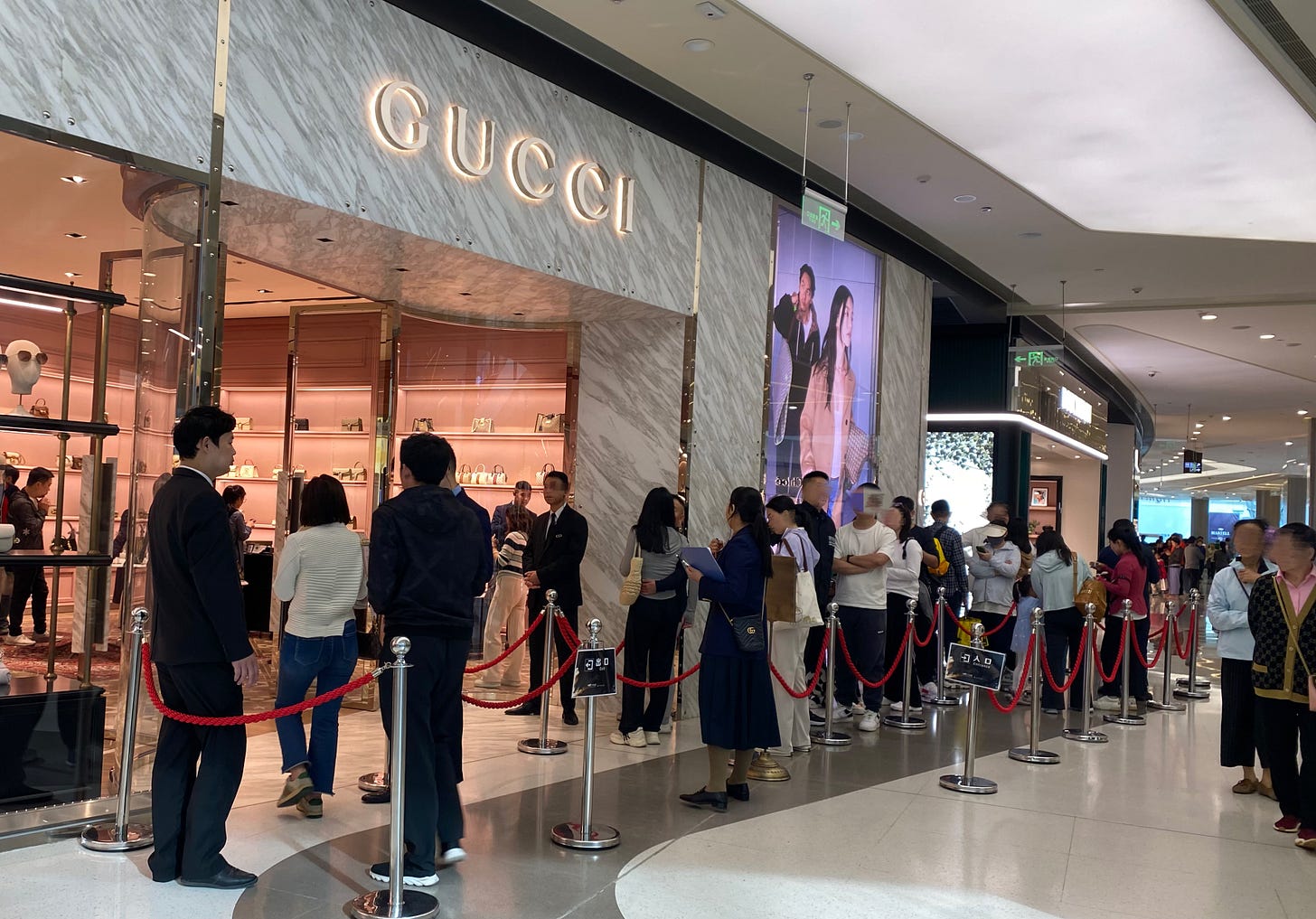China is positioning Hainan as a duty-free haven. Will it fulfill its potential? 🌴| Following the yuan
The Chinese government wants Hainan to be ready for independent Customs operations by 2025. How do the consumers feel about it as a shopping destination?
Melody Xu’s social media posts took an unexpected turn in 2021.
From posting daily life updates, the English teacher switched to sharing luxury items on WeChat. She offered discounts on high-end products sourced from Hainan, praising the government’s tax exemptions and “beneficiary policies” to promote the island’s economy.
As China closed its international borders in 2020 to curb the spread of COVID-19, the country’s southernmost province became a hotspot for consumers unable to travel abroad but still yearned for luxury goods. Seeing an opportunity to make a profit, many people like Xu became part-time daigou — those who buy luxury goods from abroad and sell them at a cheaper price than authorized retailers in China — banking on the central government’s tax exemption to international and domestic consumers.

Hainan’s duty-free status, first piloted in 2011, aligns with China’s long-term plan to establish the island province as a free trade port by 2025. The tax-free status aims to lure both foreign and domestic investments while boosting the local economy.
“Hainan, as an island, is undoubtedly the best choice,” Wang Jianya, Deloitte’s China consulting partner specializing in Hainan, told
.Hainan’s duty-free boom
Keep reading with a 7-day free trial
Subscribe to Following the Yuan to keep reading this post and get 7 days of free access to the full post archives.


